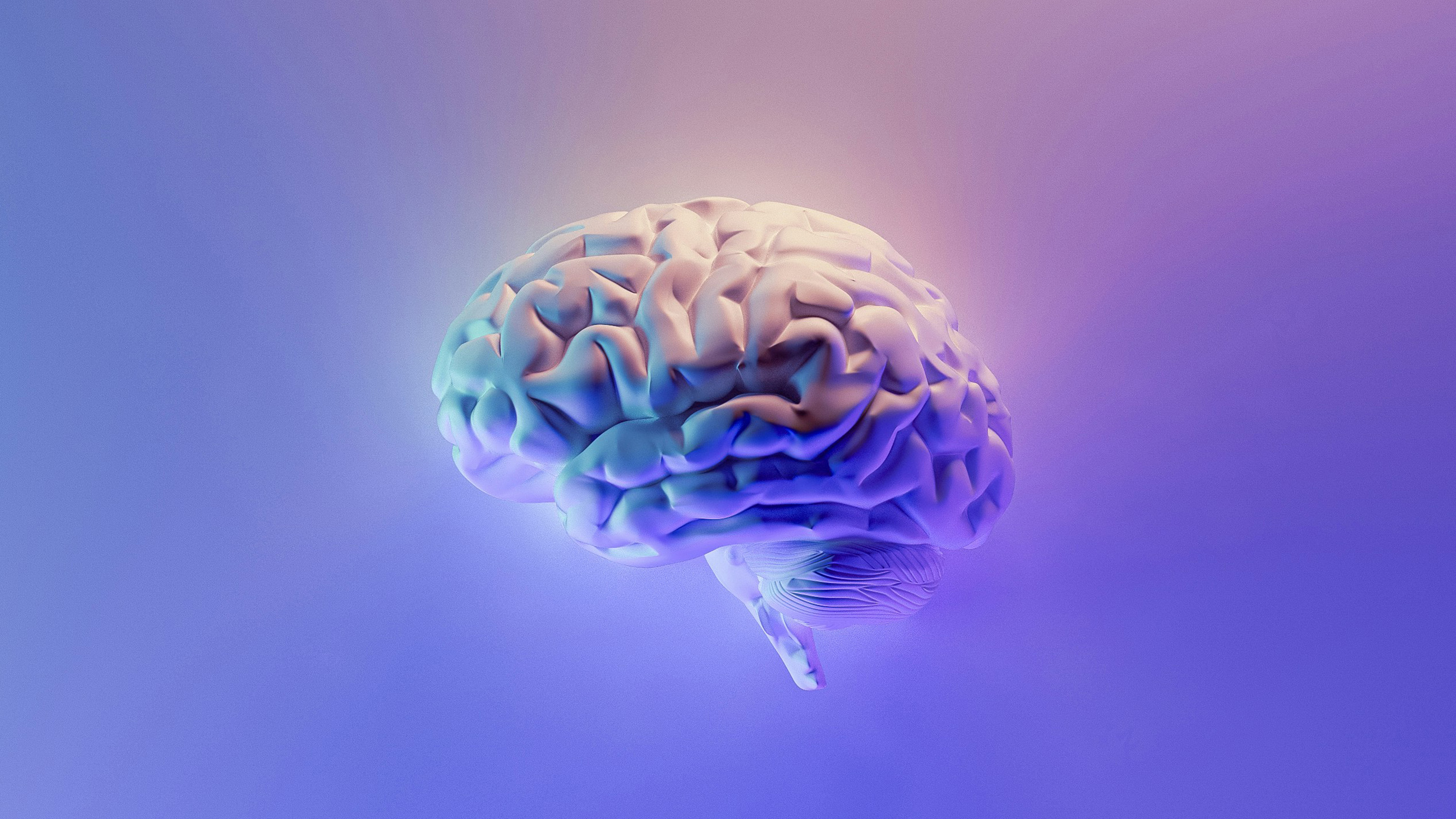Our population is aging quickly, and the incidence of Alzheimer's disease and dementia is growing in tandem. Neurodegenerative changes in Alzheimer's disease more often begin -20 years before clinical symptoms. Identification of patients in preclinical or early stages of Alzheimer’s disease best to try to prevent or slow cognitive decline.
Research for Alzheimer’s disease focuses on identifying clues from the body that tell us a patient is at risk for it. Two important biomarkers in the brain for Alzheimer’s disease are toxic forms of amyloid-beta and phosphorylated tau proteins, but growing evidence suggests electrical seizure activity especially during NREM sleep also increases the risk. Moreover, seizure activity on the electroencephalogram and seizures themselves contribute to accumulation of amyloid beta and p-tau.
I am a professor of neurology specializing in epilepsy and sleep, and I recently collaborated with a team of European epilepsy specialists and researchers to write a narrative review ssummarizing recent research about the complex bidirectional relationships between epilepsy and Alzheimer’s disease.
Risk for Alzheimer’s Dementia Increased with Late-Onset Epilepsy
Key findings in the review show how epilepsy particularly beginning in after age 55 could be associated with the development of Alzheimer’s disease:
- Today, the largest group of people developing seizures is seniors. Called late-onset epilepsy, this is the third most common neurologic disorder in older adults (after stroke and dementia).
- People who develop late-onset epilepsy have a 2- to 3-times higher risk of developing dementia.
- Late-onset epilepsy of unknown origin (not due to a tumor, stroke, or traumatic brain injury) is associated with even greater risk for developing Alzheimer’s disease.
- Epilepsy and mild (subclinical) seizures in people with late-onset Alzheimer’s are associated with more rapid cognitive decline.
Compiling these known factors tells us that epilepsy could be an important—and modifiable—risk factor for dementia.
Could Better Epilepsy Detection Prevent Alzheimer’s?
Two potential biomarkers connect late-onset Alzheimer’s disease and epilepsy: Subclinical seizures and silent epileptiform seizure activity. As the names suggest, these seizures are subtle and often go unnoticed.
It can be counterintuitive to think of seizures as an early sign of Alzheimer’s because not everyone with the disease gets seizures. When seizures do occur, they typically aren’t convulsive but rather present as episodes of forgetfulness or losing a period of time, which can be misattributed to Alzheimer’s itself.
Often, subclinical or silent seizures aren’t noticeable until the disease progresses—or perhaps they do present early in the disease but occur much more subtly or in different areas of the brain.
Related reading: 6 Learnings on My Journey from Medical Student to Epilepsy Attending
Better Detection Starts with a Better EEG
Advanced EEG techniques—two of which we perform at the UNM HSC—can provide earlier and more precise identification of seizures.
The first technique is 24-hour ambulatory electroencephalogram (EEG), which allows doctors to capture brain activity in the moment of seizure. Recording longer sample times provides a better chance of detecting seizures.
Some patients who have epileptiform activity in their EEG during non-REM sleep develop cognitive decline sooner and faster. So, it’s also important to record the EEG during sleep or silent epileptiform seizure activity may not be picked up. A scalp EEG may not show these discharges if the seizure activity is confined to the hippocampus—a sensitive part of the brain located deep in the temporal lobe and is responsible for memory.
That’s where the second technique comes in. Magnetoencephalography (MEG) technology allows deeper investigation to locate seizures happening the mesial temporal region of the brain. An MEG reading can also be done while the patient is sleeping to analyze non-REM sleep brain activity.
Related reading: What to Expect in a One-Year Epilepsy Fellowship
Tailoring Exams to Predict Dementia
A big part of what we do in medicine is helping patients reduce their risks, which requires the right tests and exams for certain signs and symptoms. We don’t routinely screen the general population for dementia biomarkers. If we did, we may see a much higher occurrence of epilepsy than we thought existed. But screening everyone is not cost- or time-effective and may result in unnecessary overtreatment.
The best place to start is by following up on the connections we’ve already made. For example, if you develop epilepsy after age 50, you should be evaluated and followed for dementia risk factors. This evaluation should include cognitive testing as well as the crucial 24-hour EEG recording. Likewise, people with memory or cognitive impairment and epileptiform activity should get a 24-hour EEG.
Catching any disease earlier offers a chance to reduce its impact on patients and families. Identifying reliable preclinical biomarkers could also lead to new treatments that could be effective earlier in the disease process.
Conducting research, reviewing research findings, and improving treatments based on what we discover are processes integrated into medicine at UNM HSC. We’re always looking for new connections and investigating links that could lead to better health outcomes for patients.
While it’s unlikely that there will be just one biomarker to predict cognitive decline, epilepsy is a risk factor worth further investigation.
Explore your options for neurology training. Schedule a call with a representative from the UNM HSC Department of Neurology today. Book now.
To find out whether you or a loved one might benefit from neurology care, call 505-272-4866.

